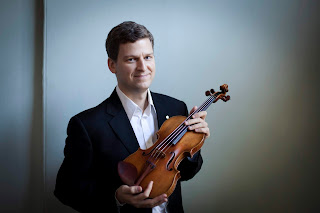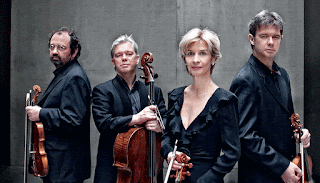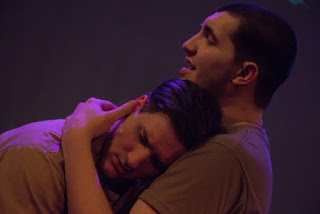James Ehnes returns as ISO violin soloist, with Peter Oundjian, a fellow Canadian (by professional adoption), on the podium

James Ehnes ' recordings seem immaculate to me, and his most recent previous appearance as an Indianapolis Canadian violinist James Ehnes also has family roots in Indiana. Symphony Orchestra guest soloist led me to anticipate the best from his performance Friday night of Jean Sibelius' Violin Concerto in D minor. To say I was not disappointed is an understatement. Among his other honors, the 43-year-old Canadian recently snagged a 2019 Grammy for his recording of Aaron Jay Kernis' violin concerto. He hews to a high standard on the concert stage as well. Technically secure at every point, he is also an insightful interpreter. On the former topic, for instance, his bow control is phenomenal, which the virtuosity of this concerto requires. It was particularly evident in the first of two encores he played at Hilbert Circle Theatre Friday — Eugene Ysaye's Sonata No. 3 ("Ballade"). In forceful playing there and in the Sibelius, especially when phrases are s









